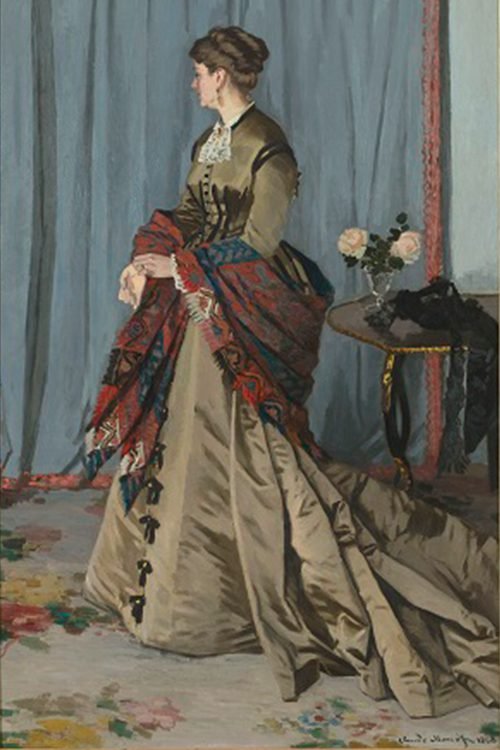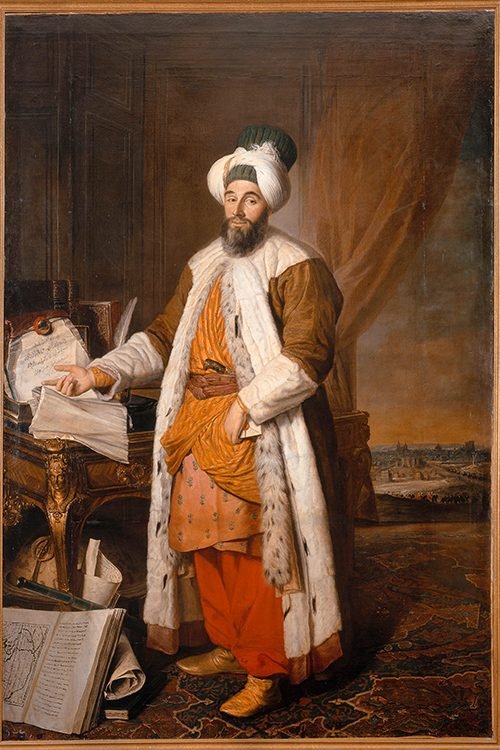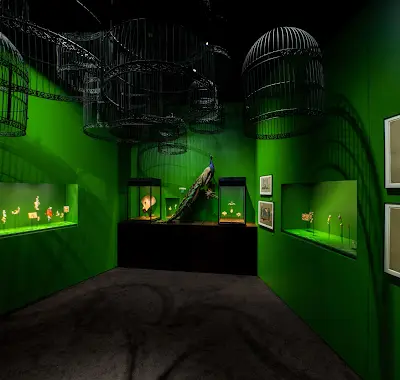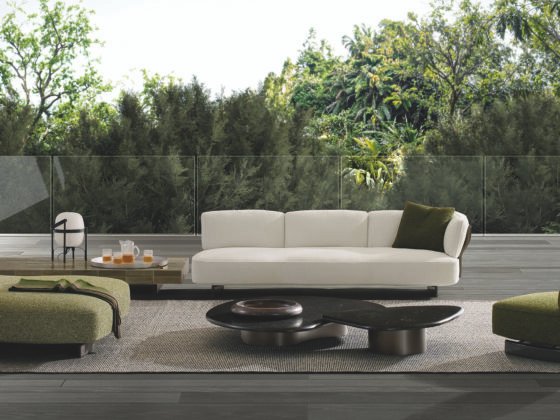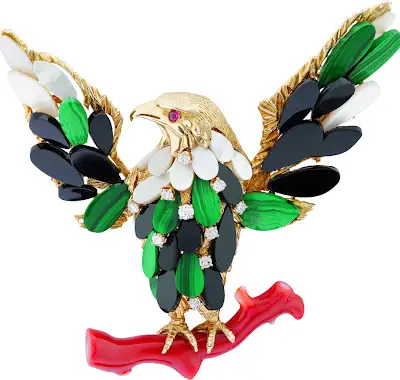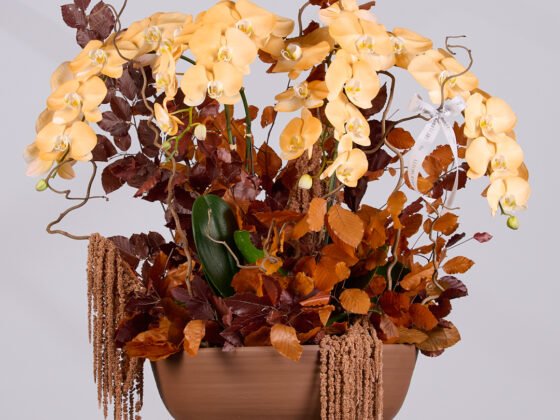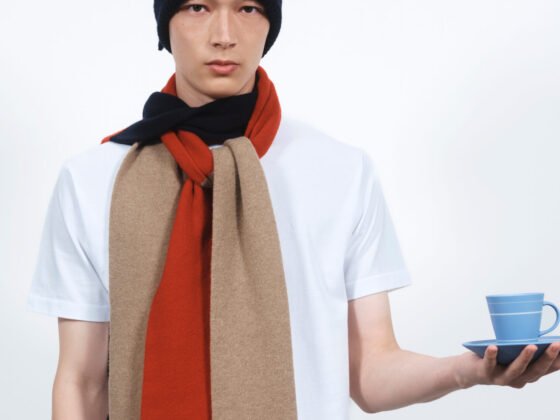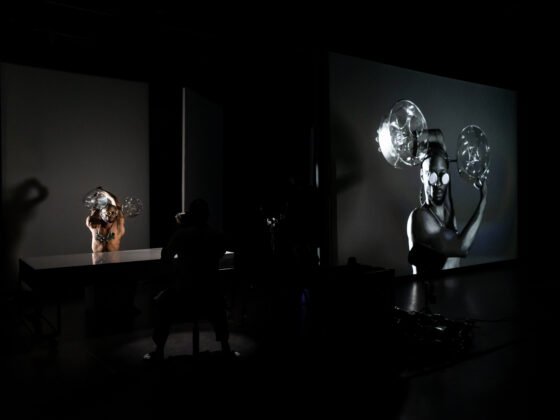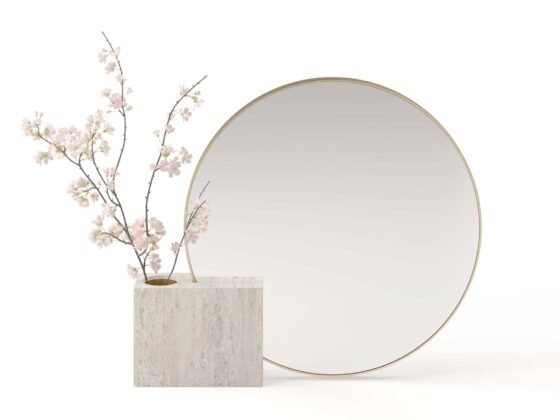Louvre Abu Dhabi, a universal museum born out of a unique agreement between the governments of Abu Dhabi and France in 2007, has developed a rich collection of works originating from throughout human history and around the world, brought together to highlight universal themes and influences.
Louvre Abu Dhabi is ready to add 11 new acquisitions to the existing 657 artworks on display in its permanent galleries. In addition, 40 new loans will be brought to the museum throughout the year including ancient, modern and contemporary masterpieces from around the world.
“We are thrilled to unveil new artworks in our galleries this month. Louvre Abu Dhabi is proud to add 11 new monumental acquisitions to its collection. Building a collection is a gradual and rigorous process through the selection of marvelous pieces, and we hope visitors delight in discovering and learning about these new ones as much as we do. Our French and regional partners are greatly contributing to our universal narrative with an impressive selection of new loans. A number of important artworks from our partners that have become renowned by visitors will also remain on display for another year.” – Manuel Rabaté, Director, Louvre Abu Dhabi
The unveiling of the new displays in Louvre Abu Dhabi’s permanent galleries has been planned ahead of the museum’s first anniversary celebrations. As part of the first anniversary celebrations, the museum is going to hold a two-day symposium, Worlds in a Museum, that will bring global industry leaders together to discuss the future of contemporary museography in a globalised world.
The new acquisitions in Louvre Abu Dhabi’s collection include:
- a monumental 175 cm Avalokiteshvara Buddhist sculpture from China (11th -12th CE) representing Guanyin, a divinity of compassion, made in the Buddhist classical form from the Song dynasty (960-1279)
- four tapestries depicting The Hunts of Maximilian from an original drawing by Bernard van Orley from France (1665-1674) which are part of series of tapestries currently in Musée du Louvre’s collections, depicting the hunting parties of Archduke Maximilian, the Habsburg duke of Brabant, commissioned by the Habsburg court. The new acquisition represents the hunt in September
- a Japanese Samurai armour (18th CE) bearing the crests of the 4th Lord Nabeshima, feudal lord of Saga in Hizen, a masterpiece by famous armour maker Miyata Katsusada (1707-1730)
- a rare conical helmet from Mongolia or China (13th – 14th CE) part of a medieval suit of armour reflecting Ottoman turban helmets
- a Phoenix-headed Ewer from the Tang Dynasty, China (8th CE) in white earthenware with a three-coloured glaze
- a rock crystal knife with a jewelled parrot from India (ca. 1600), a ceremonial knife that is as much a piece of jewellery as it is a weapon
- a jewelled katar dagger from India (18th CE) inlayed with 481 rubies and almost one hundred emeralds, a weapon worn at court as a symbol of wealth and power
- a rare Albarello decorated with fleurs-de-lys from Syria or Egypt (14th – 15th CE), used for medicines or perfumes belonging to a group of Syrio-Egyptian ceramics of the Mamluk period influenced by Chinese Yuan dynasty (1268-1644) ceramics
- a Three Medallion Mamluk Carpet from Egypt (late 15th CE), named after the characteristic of the decoration of the piece, the carpet is an exceptional and rare example of court workshop in Cairo, made in the style of the typical Moorish decoration seen in stucco or woodcarving at that time
- a rare Ottoman horse armour (15th – 16th CE) bearing the Saint Irene mark of the imperial Ottoman arsenal in Istanbul, one of less than twenty known Ottoman horse armours to date
- a Mamluk Bowl from Egypt or Syria (late 13th or early 14th CE), an example of early metalwork that flourished under the Mamluks, at a time where the inlaying tradition, one of the jewels of the arts of Islam, was developed, commissioned by Ahmad ibn al-Jundi al-Tarrab, a high ranking Mamluk officer under the sultanate of al-Malik al-nasir Muhammad ibn Qala’un (1299-1340)
The new loans joining the existing 300 loans on display along the permanent collection of Louvre Abu Dhabi include:
- Emile Bernard’s Woman smoking a tambac (1900)
- Vincent van Gogh’s The dance hall in Arles (1888)
- Claude Monet’s Madame Louis Joachim Gaudibert (1868) from Musée d’Orsay
- Francis Picabia’s Animal trainer (1923)
- Man Ray’s Suicide (1926)
- Henri Matisse’s Reader on black background (1939) from Musée national d’art moderne – Centre Pompidou
- Joseph Aved’s Full length portrait of Mehmet Said Pasha, bey of Rumelia (1742) from Château de Versailles
- Dje(m) al-ed-din Mohammed ibn Mohammed el Hachimi el-Mecki’s Arab celestial globe (1573) from Mecca
- Jean-Michel Basquiat’s Cabra (1981-82) from the collection of Guggenheim Abu Dhabi
- An Egyptian Cat’s Mummy (Late Period)
- Askos in the Shape of a Duck (4th – 1st BCE)
His Excellency Mohamed Khalifa Al Mubarak, Chairman of the Department of Culture and Tourism, Abu Dhabi, said: “Louvre Abu Dhabi is Abu Dhabi’s gift to the world and a story of long-standing friendship and collaboration with France. The galleries’ update will not only invite visitors to discover new acquisitions from the museum’s growing collection, but also new loans from our partners. It also illustrates our commitment to train and champion the next generation of Emirati museum professionals who have been working over the years and now take great care of Louvre Abu Dhabi’s collection and galleries.”
The new acquisitions and loans at Louvre Abu Dhabi will be on display for visitors starting the end of October 2018.









